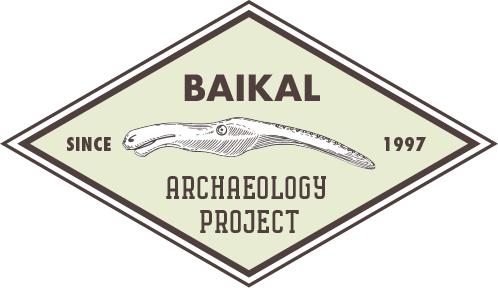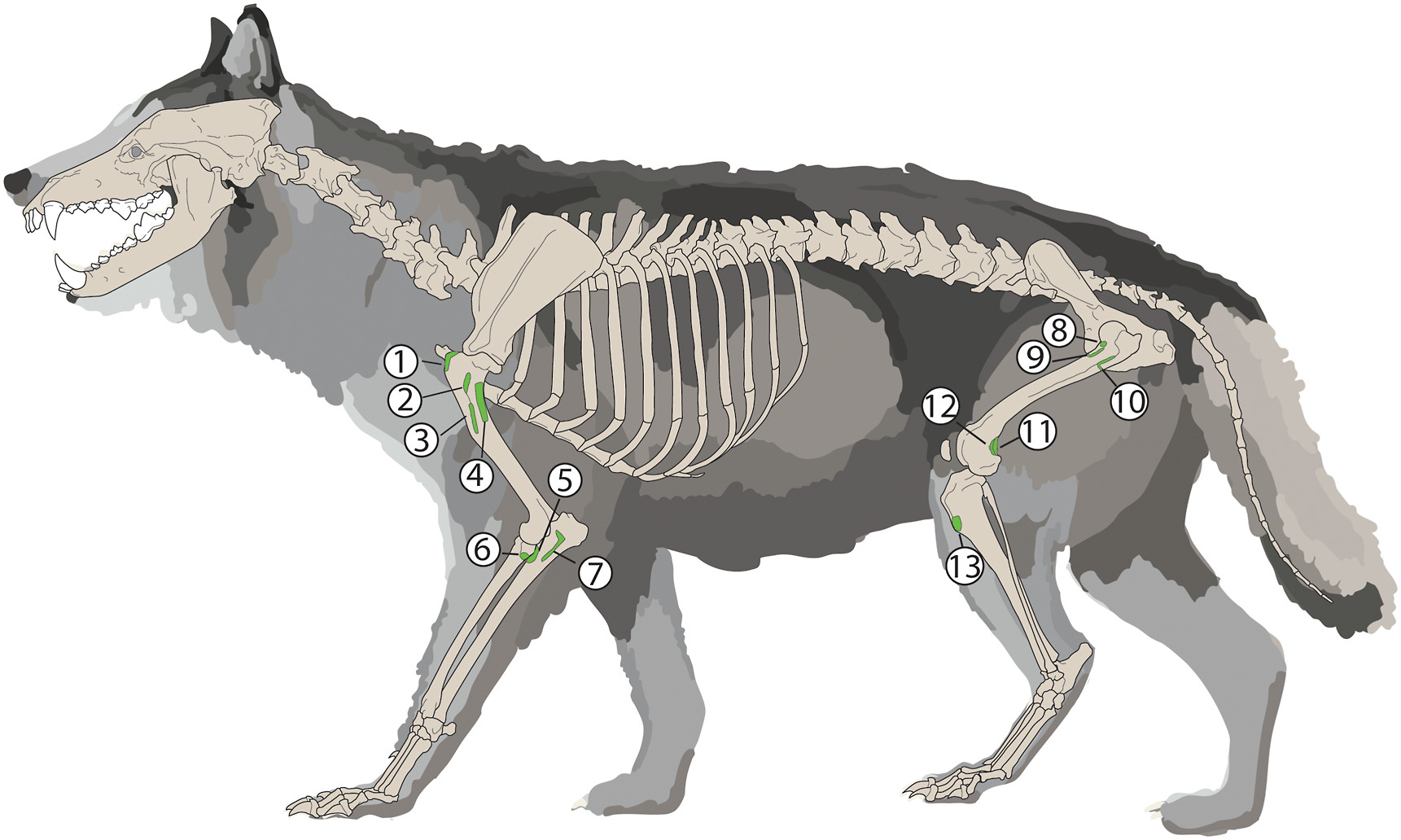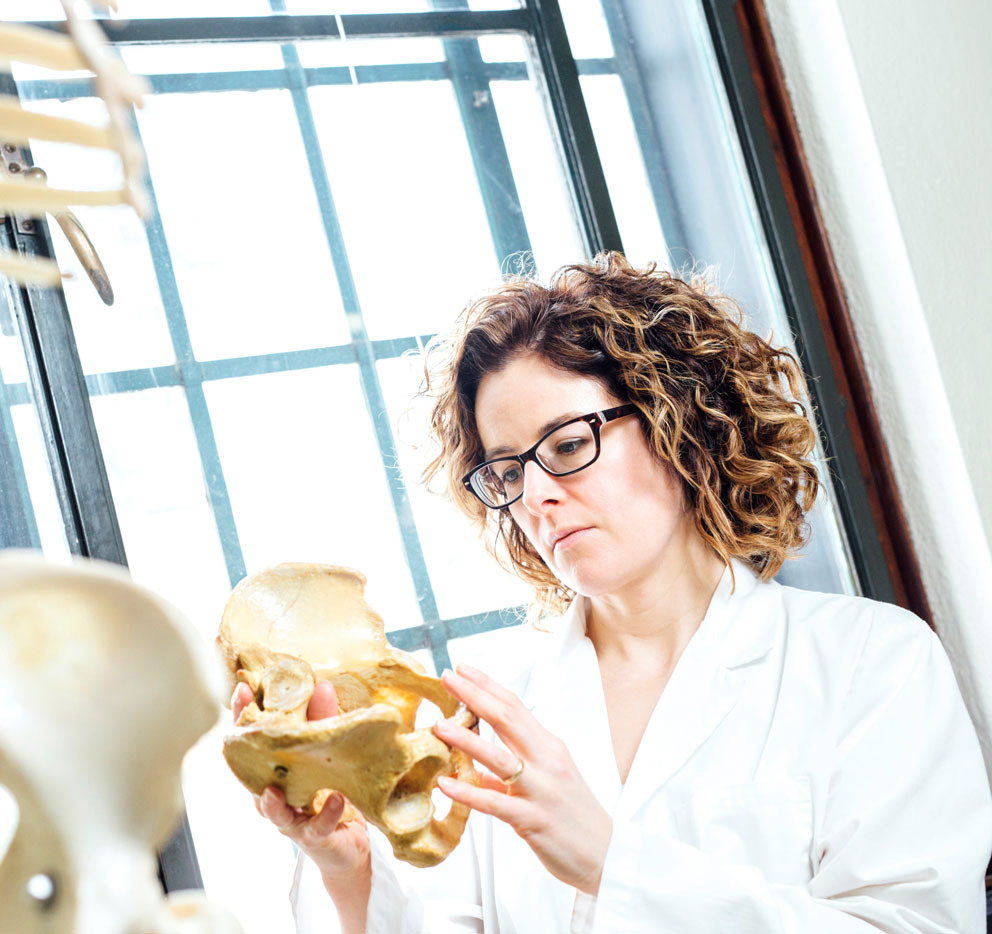Congratulations to Dr. Angela Lieverse and authors, including former BAP team members Tatiana Nomokonova and Robert Losey, on the recent publication of their paper in Journal of Archaeological Science!
Title: ‘Identifying habitual sled-pulling in dogs through the study of entheseal changes”
Authors: Sick J, Lieverse AR, Nomokonova T, Losey RJ.
Abstract: Sled dogs are among the most iconic animals of the North, and their efforts in pulling sleds facilitated trade and subsistence practices that sustained many Indigenous groups for thousands of years. Unfortunately, the history of dog sledding is difficult to trace in archaeology. The identification of dog sledding in the past has been mostly addressed through the association of dog skeletal remains with material parts of sleds and harnessing equipment. However, there is currently no method for identifying sled-pulling activity directly from canid remains. This article introduces a new visual scoring manual for entheseal changes to address this gap in knowledge. Entheseal changes are morphological variations to entheses, which are muscle, tendon, and ligament attachment sites on bone. They have been used to reconstruct past activity in humans and, more recently, reindeer and equid remains, but never in canids. This method was developed for thirtee n entheses on the forelimb and hindlimb using 74 working sled dogs, non-working pet dogs, and wild canids. Visual scores were compared to examine the effect of activity on entheseal changes, but also confounding biological factors such as age, sex, and body size. Observer error tests were also conducted to determine the method’s precision and repeatability. The results show that sled dogs have significantly higher scores than non-working canids, especially for seven attachments. This suggests that entheses are morphologically sensitive to habitual sled-pulling, though some attachments are better indicators of working activity than others. Overall, these findings demonstrate that the method can differentiate sled dogs from pet dogs and wild canids and is a useful tool for identifying sled-pulling activity in archaeological canid remains. Furthermore, this method will help to better understand the history and development of human-dog relationships in the North.
Congratulations to Angela and all authors!
Fig. 1. Entheses examined for this study. 1) Supraspinatus; 2) Teres minor; 3) Deltoideus; 4) Teres major/Latissimus dorsi; 5) Anconeus; 6) Biceps brachii; 7) Brachialis; 8) Iliopsoas; 9) Vastus medialis; 10) Vastus lateralis; 11) Gastrocnemius medial head; 12) Gastrocnemius lateral head; 13) Sartorius/Gracilis/Semitendinosus. Figure created by Hailey Kennedy.



